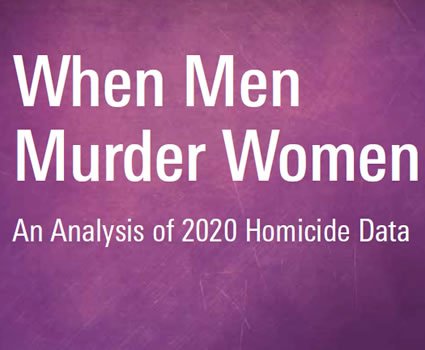By Storm Ervin, Erica Henderson
The Urban Institute received funding from the George Kaiser Family Foundation to conduct an 11-month mixed-methods assessment of adult domestic violence (DV) in Tulsa, Oklahoma. * The purpose of Urban’s study was to understand major programs, policies, services, and funding sources geared toward preventing and responding to adult DV survivors and recommend ways Tulsa could improve its response to domestic violence. The first part of the mixed-method assessment focused primarily on the largest service provider in Tulsa, Domestic Violence Intervention Services, Inc. (DVIS). The second part of the assessment focused on qualitative data collection with criminal legal and human services agencies and stakeholders to provide insight into the larger domestic violence landscape in Tulsa. Based on the assessment findings, we identified seven overarching recommendations for how Tulsa could improve its response to domestic violence. Overarching Findings Tulsa’s largest DV service provider, DVIS, and Tulsa’s family justice center, the Family Safety Center (FSC), offer a multitude of evidence-based practices for adult and child survivors. In addition, DVIS is successful in reaching and serving people with low educational attainment and unemployment, which are major risk factors for experiencing DV. Law enforcement has implemented evidenced-based screening tools—such as the Lethality Assessment Program and the Danger Assessment for Law Enforcement—to screen for lethality and strangulation among victims at the scene of DV incidents. Further, organizations engage in several interagency efforts to respond to DV through Tulsa’s Rapid Intervention Team, the FSC, Tulsa’s response to strangulation, and the Integrated DV Court. Finally, not without some challenges, federal and philanthropic funding sources have demonstrated commitment to supporting Tulsa’s response to DV. Our assessment also yielded notable areas for improvement. For example, Black and Indigenous survivors are vastly underserved by DVIS, though they are most likely to experience intimate partner homicide (Oklahoma Domestic Violence Fatality Review Board 2021). In addition, Tulsa has few programs aimed at intervening on behalf of children who experience or are at risk of DV. For both adults and children, stakeholders reported few programs for preventing DV. Moreover, stakeholders reported policy and practice constraints as negatively impacting survivors and intervention in DV. For example, failure-to-protect legislation was described as a method for criminalizing survivors. Stakeholders also reported that Battering Intervention Programs (BIPs) involve burdensome amounts of money and time for those who are mandated to participate. Moreover, policy constraints limit stakeholders’ ability to provide wraparound services to people who cause harm. Another notable challenge is the McGirt Decision, which established that state courts no longer have the authority to prosecute crimes committed by or against Oklahomans who are also tribal members, and in turn, complicated Tulsa’s ability to respond to people who cause harm and also belong to Indigenous communities. Other challenges include those related to specific agencies, such as law enforcement’s faithful administration of the Lethality Assessment Program (LAP) screens, the role that the Oklahoma Department of Human Services plays in separating children listed in protective orders, and service providers’ limited ability to provide more evidence-based services. Other notable challenges are agencies’ limited capacity and staff and a lack of sustainable funding sources.
Washington, DC: The Urban Institute, 2023. 110p.





